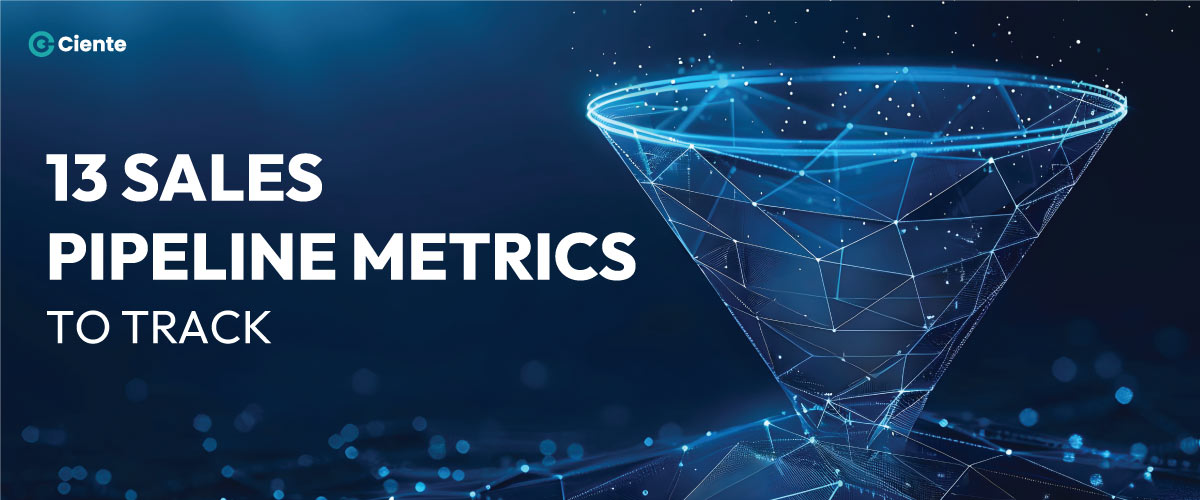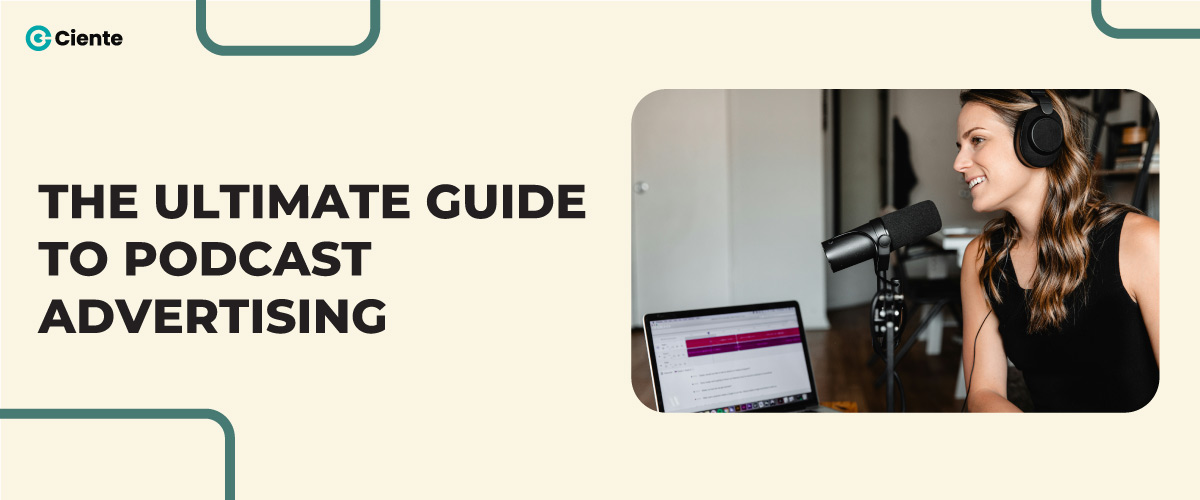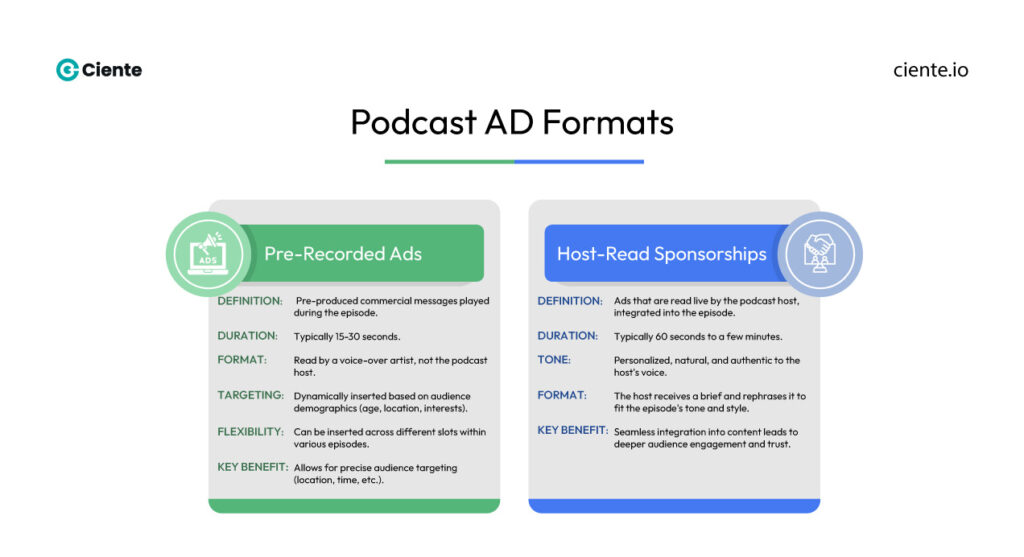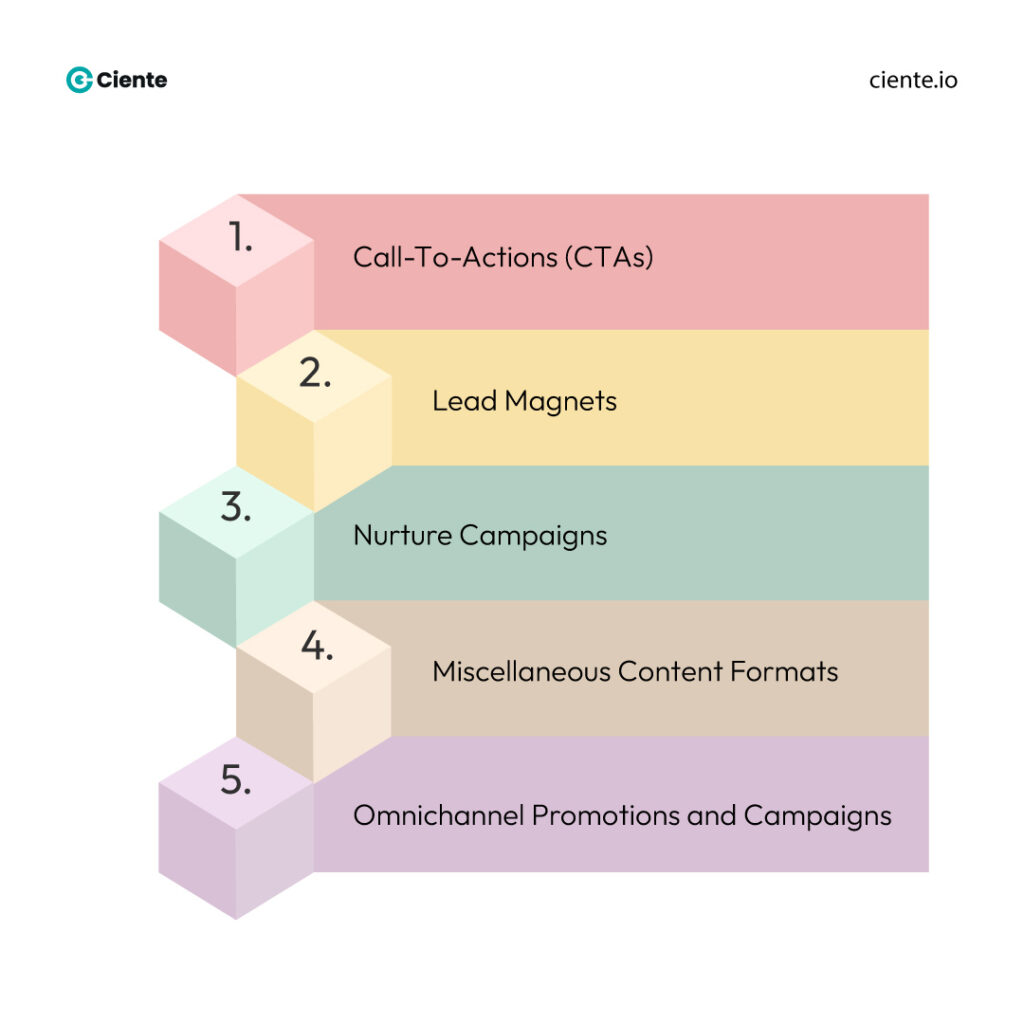13 Sales Pipeline Metrics to Track
Weaknesses in your sales pipeline are detrimental. Can the right sales pipeline metrics help elevate the buyer’s journey?
Numbers and data, when isolated from each other, are meaningless. They exist within specific contexts.
We turn them into a quantifiable metric by tracking, analyzing, and comparing them to churn out meaning. This is how metrics help us gauge the effectiveness of a method.
Across the marketing and sales landscape, metrics help us assess and measure performance or production. It quantifies your marketing efforts to measure their effectiveness in boosting conversion rates and lead sales velocity.
Sales pipeline metrics operate in the same manner.
Sales pipeline: The basic understanding.
Sales pipeline is a visual representation of how your prospects move through the different stages in the funnel, i.e., from initial contact to closing a deal. Simply put, it helps analyze the overall buyer journey – what’s causing the drop-offs or why it’s taking so long to close a deal.
Sales pipelines are unique for every business and industry. What it generally looks like depends on the buyer’s journey, depending on their interests, preferences, priorities, and research.
Each buyer moves distinctly to accommodate the pipeline according to their journey, i.e., personalizing and making it effective. More than being sturdy, the pipeline is elastic and adapts to the prospective movements.
It generally includes three processes: lead generation, lead nurturing, and deal closing.
And, these are broader stages covered within the sales pipeline:
Prospecting ⇒ Lead qualification ⇒ Initial contact ⇒ Official proposal ⇒ Negotiation ⇒ Closing the deal
The most crucial objective here is that the pipeline should be able to handle the volume of leads without compromising the engagement quality or performance. If your brand is witnessing low conversion rates, certain challenges within your pipeline should be addressed.
Some of the common challenges your sales and marketing team may encounter include:
- Lack of historical data on closed deals
- Off-market target audience guiding leads off-base
- Absence of measurable targets
- Lack of visibility or knowledge regarding the status of the sales pipeline
- No use of effective CRM tools to track leads
- Not following up on cold leads
- Inadequate conversion status updates
- Neglected workable and high-quality leads
These are the potential weak spots of your sales pipeline.
So, how do we overcome them?
The Importance of Sales Pipeline Metrics in Driving Success
Certain metrics let us assess how to alleviate these concerns and improve the different stages across the sales journey.
Pipeline metrics are crucial.
Each team member should familiarize themselves with tracking them regularly. Even if the sales pipeline metrics vary for businesses, some general ones should still be tracked by your team.
Understanding what drives your prospects to close a deal in a win or what makes them drop off midway through these metrics also offers significant opportunities for improvement.
This is why choosing the relevant metrics takes precedence.
How can you choose the right sales pipeline metrics that align with your business goals?
1. Align metrics with the business goal you wish to achieve.
Don’t just track numbers; ensure that these numbers boost you closer to your business goals. This data, when siloed, doesn’t mean anything. But within the right context, they mark your progress towards your objectives.
For example, if your goal is to elevate the organization’s market share, then total revenue wouldn’t offer you the nuanced picture. Here, tracking the share of wallet and sales per territory makes more sense.
The crucial factor here is taking a granular approach. If you are dominating the market, how do you ensure that it remains ten years down the line?
2. Leverage a balanced approach.
Identifying bottlenecks is as vital as predicting the success of your sales strategies. To get a more molecular insight into where the lacks and gaps are most prevalent, you can’t just focus on certain metrics while dismissing the rest.
It’s true that the approach must revamp in today’s modern sales landscape. But traditionally relevant metrics take as much precedence as implementing new ones.
This means taking a balanced approach to choosing the right metrics.
Your strategic framework should entail a mix of lagging and leading indicators – one that demonstrates the past performance (closed deals) and ones that forecast (qualified leads).
A balance between them can help your marketing and sales teams to revisit, review, strategize, and analyze accurately.
3. Assess periodically and update your metrics.
One of the most strategic means of selecting the right sales pipeline metrics is assessing what’s working and what isn’t, and updating the list.
It’s crucial to start from somewhere. Each data point can give you the slightest idea into what your sales strategy needs to rework on.
What worked before might not work today. Don’t let the stale metrics prove your efforts ineffective. So, review them periodically to ascertain that they align with the current business challenges and requirements.
4. Get a comprehensive understanding of the entire customer journey.
Numbers wouldn’t always tell you where the rupture is. Most often, sales hit the wall while making a sale or post it.
This is because most only focus on pre-sale metrics and interactions. This damages the customer experience and leads to missed opportunities.
To avoid this, it’s necessary to track the customer experience, too. Metrics, such as sales cycle length, can offer you a 360-degree insight into what’s truly going wrong.
The bottom line?
The sales pipeline metrics you end up choosing must be actionable. If they aren’t, it poses a significant obstacle for you.
These metrics should illustrate a specific behavior – what is happening, what has changed, and what can be done about this.
The right sales metrics don’t merely offer postmortem pipeline analysis. They allow you to proactively make informed decisions and offer clarity into nuggets that often go unnoticed.
Don’t measure everything. Focus on those that align with your goals.
Fundamental sales pipeline metrics to amplify your efforts
Opportunities
The total number of opportunities matters because it portrays the results of your lead generation efforts. Your lead generation efforts should target prospects fitting the ICP, i.e., the ideal customer profile.
What factors qualify prospects as opportunities? There are some criteria that most businesses focus on.
- Demographics – age, gender, income, family structure, education, occupation, etc.
- Firmographics – company size, ownership, market share, location, sales cycle stage, financial performance, etc.
- Psychographics – value proposition, goals, interests, lifestyle choices, etc.
A prospect does not have to follow each criterion, as they vary according to the organization.
To track this, teams must prioritize lead quality because it aptly demonstrates which leads are the most valuable and can easily convert into opportunities.
By analyzing which accounts you count as an opportunity, your team can optimize its marketing efforts and improve lead-nurturing processes to keep them engaged as they move through the pipeline.
How can we assess lead quality?
To simplify this, your sales team can use the BANT or MEDICC lead qualification framework.
The opportunities should be tracked and assessed weekly, monthly, or bimonthly, depending on the preferences of your company. However, it can also be done regularly in case of rapid market fluctuations, multiplying lead volumes, or during push season due to an event.
New Leads
The number of new leads entering your pipeline offers an overview of the success of your marketing campaigns. Additionally, it helps outline your brand’s market reach and offers quantifiable data to back your efforts.
It is necessary to highlight these new leads to establish whether your lead generation strategies are efficient.
Once in a while, we should question whether we are chasing hollow leads with no future potential and wasting our resources.
The end solution follows a comprehensive tracking system and establishes a timeframe depending on the pace and volume of generated leads. Document the number of leads, segment them, analyze the trends, and then compare the different lead-gen efforts to help optimize your strategies.
Overall, lead quality reflects your sales and marketing efforts – how effective they are. But it could largely differ from business size to industry to marketing strategies.
Hence, there’s nothing as simple as “good” or “bad” leads.
By documenting the acquired leads regularly against how many of them actually convert, the results will automatically indicate the performance of your strategies.
MQL to SQL Conversion Rates
This conversion rate calculates the number of marketing-qualified leads who convert into sales-qualified leads. They show interest, sign up, provide their contact info, and subscribe for a demo period to further inspect the solutions offered to them.
These metrics highlight the performance of your lead qualification strategies.
An effective lead-nurturing process will eventually illustrate high engagement results, which may translate to high conversion rates. This indicates a healthy alignment between the sales and marketing teams.
How often do we assess MQL to SQL conversion rates?
Calculate MQL to SQL conversion rates monthly. With this, you will allow the lead qualification processes to work at their own pace, enabling you to make adjustments and understand if they are returning the desired outcomes.
The acceptable range for this conversion rate depends on the industry, business objectives, and past performance – your MQL-SQL conversion rate benchmarks.
Lead Velocity Rate
Velocity measures whether an object is accelerating or decelerating. This applies to a sales pipeline. The lead velocity rate compares the leads generated in the current business period to the previous one.
The velocity rate calculates qualified leads, helping you analyze whether your lead-generation efforts are fruitful and effective. It aids in strategic resource allocation and sales processes, amplifying your efforts.
This metric is crucial to understanding your business revenue growth.
If the number of generated leads for the latest sales cycle remains similar or lower than the previous sales cycle, you know you’re doing something wrong. Thus, it should be assessed monthly or quarterly, depending on your company’s needs.
There is no acceptable velocity rate.
It depends on the industry and your business. Remember, you are your biggest competition.
In every sales cycle, the target should be to generate more leads through improved strategies compared to the previous one.
Average Deal Size
Average deal size is another significant factor that measures the health of your sales pipeline. It represents the monetary value ascribed to a sale.
Tracking the average deal size your business is partaking in helps with sales and demand forecasting.
In the long term, regularly tracking average deal sizes can assist in optimizing and streamlining strategies for marketing and sales initiatives. It is important to reach your brand targets and meet broader market conditions.
Sales Cycle Duration
Analyzing the monetary value of a sale is as significant as calculating the duration of the deal. This metric focuses on the details. It offers an insight into how a deal got stuck and why, with ways to improve it.
Sales cycle duration is the average time a deal spends at every specific stage of the sales cycle. Tracking minute errors resulting in potential delays is easier by calculating the sales cycle duration.
Additionally, this provides crucial insight into the sales cycle length, i.e., the time it takes from the initial contact to the lead being closed. This is also one of the sales pipeline metrics to track.
After all, this also affects the time a deal takes to close.
There are three metrics that we are addressing – average sales cycle duration, sales cycle length, and time taken to close.
These three metrics also help sales forecasting, so your brand can establish practical targets.
A long sales duration can cause a huddle in your pipeline, resulting in relatively high lost deals or drop-offs.
Both these metrics depend on diverse factors, such as the complexity of the product or service. The sales cycles across the B2B landscape are generally longer due to the several decision-makers in the buying committee. And this might delay the purchase as each of them holds their interests and pain points.
You should curate your marketing techniques based on your target market to overcome such hiccups.
- Establish priority and build trust regarding the prospects.
- Conduct customer research and feedback programs.
- Provide social proof through value propositions that align with the prospect’s preferences and pain points.
- Time-sensitive offers that urge prospects to take action.
- Streamline and integrate your lead nurturing and sales enablement strategies to retarget interested leads and stay on their tail.
These sales pipeline KPIs are mutually dependent on each other to some extent. But their goal remains the same, i.e., measuring how efficiently your sales and marketing efforts convert leads into paying customers.
Number of Deals Won
This pipeline metric tracks the number of successful deals. This is relative to the total number of opportunities during a specific period.
Conversion rates are crucial to drive business growth.
The higher the conversion rates, the faster your business can attain its goals. This is why conversion rates are one of the most crucial sales metrics.
If the conversion rates are low or don’t align with industry benchmarks, you can outline fresher roadmaps by identifying the areas of improvement.
What factors contribute to a successful deal? What have you done differently to win a deal than the one dropped off?
These are the questions you ask your sales and marketing team while analyzing the conversion rates and other trends in your data.
Most often, the opportunities may be high, but the win rates are low, signifying a major lack in the closing stages of the pipeline.
Age of a Deal
This is one of the effective and simple metrics you can use when a deal is taking an unnecessarily long time to move through the pipeline, or the prospect themselves are taking too long to make a decision.
With an increasingly long decision-making period, it is less likely that a prospect converts.
You need to assess why the lead didn’t convert and where they got stuck.
How do you avoid this? – Identify the bottlenecks, remove them, and boost the sales velocity.
To move this forward, your company should equip the sales representatives with the right resources and sales enablement or acceleration tools to drive the purchasing process.
By accelerating the sales processes, the age of the deal will automatically reduce, offering space for more successful closes.
Sales Rep Activity
This metric offers insight into the sales team members’ sales performance. Measuring this helps foster team productivity and takes team accountability.
It outlines how your sales team performs through outreach emails sent, the number of calls made, and the meetings booked by each sales representative. Track the sales and categorize them based on factors such as rep, team, region, product/service(s), etc. using efficient CRM tools.
Through the results, your team can assess whether the sales rep is compensated for their contributions. And once analyzed, underperformers can be equipped with more resources and support from their superiors.
How do you improve the number of top performers, boost sales rep activity, and amplify sales?
The lack of correct skills and knowledge is a huge obstacle. To improve this, offering regular training and coaching sessions to newbies is a way to go.
The training should include actively engaging with prospects and staying updated with industry trends. Actively assessing and improving individual sales per rep will help boost the sales team’s productivity.
Total Pipeline Value
This sales pipeline metric measures the total value of deals in your pipeline. The total pipeline value depends on the value of the sales opportunity, the pipeline stage, and the time taken to close it.
By tracking the value of the current opportunity, it is possible to measure the total forecasted business revenue. Hence, it is a valuable metric for sales forecasting.
If you compare your total pipeline value with your win rates, it can help you forecast how much sales revenue could be generated at the end of the sales cycle. If combined with the sales cycle length, it can help analyze the total revenue potential.
To calculate TPV, each opportunity is provided with a specific monetary value, helping to estimate the total sales amount.
Customer Churn Rate
Also known as the customer turnover rate, it’s the number of customers you’re losing or drop-off from the purchasing journey.
This can be quite a requisite KPI for businesses, as it indicates customers are losing interest in your product or service.
However, this might not be the actual case.
Drop-off rates are as important as win rates. It becomes difficult to identify the improvement areas without highlighting the weak points.
Customer churn rate is a necessary metric in subscription business models.
It calculates the customer percentage that doesn’t renew and cancels their subscription services within a month or a year. Hence, this pipeline metric is significant for companies that rely on a recurring pricing model like SaaS or subscription services.
Implement CRM tools to determine how to boost the workings of your subscription models. And highlight the number of paying customers currently compared to the beginning.
⇒ Customer churn rate formula = (the number of customers lost/total customers at the beginning of the period) *100
For the broader picture, the customer churn rate helps highlight the forecasted revenue, improve customer loyalty, prioritize customer success, and enhance marketing strategies.
Average Customer Acquisition Cost (CAC)
Customer acquisition cost signifies the company’s expenditure on acquiring new customers. It includes marketing and sales expenses, salaries, overheads, commissions, bonuses, etc.
However, CAC in marketing implies something different.
The main expenses entail the content, training, software, and other overhead costs. The goal is to prioritize investments that generate regular returns with minimum maintenance costs, such as curating content-specific blog posts.
It helps you assess the profitability, i.e., the amount you spend on a customer compared to the profit you make from selling your services to the customer.
This metric helps with resource allocation, making your customer acquisition process efficient and simpler. Simply put, there is no significant need to focus too long on this process. Sometimes, an expensive customer might not mean that they are equally profitable.
Your sales and marketing teams should incorporate smart and streamlined strategies. An uncommonly high CAC might mean inefficiencies that require vigilance to enable long-term stability.
Remember to research your target audience. Host automated testing regularly to maximize your ROI using the existing customer acquisition efforts.
How can you calculate the customer acquisition cost?
First, add all the sales and marketing expenses. Then, divide this total by the number of new customers.
⇒ CAC = (sales expenses + marketing expenses)/total number of new customers
Customer Lifetime Value (CLV)
After spending an ample amount on your cost acquisition efforts, how do you assess whether it is profitable?
Through customer lifetime value.
This metric calculates the value the customer brings to your business, including the amount they spend on your services, their time as customers, and their purchase frequencies.
By taking individual CLV into account, you can analyze the value of your entire customer base. It will offer insight into how much effort you should spend on customer acquisition.
To enhance CLV, focus on customer retention.
Implement new customer service strategies promptly, addressing their concerns to build a strong professional relationship. When the customers are satisfied and happy, they are likely to remain loyal and purchase your services.
The most significant strategy for driving customer lifetime value is improving customer service, personalized recommendations, discount offers, user-friendly websites, etc.
So, finding a solution based on the metrics can help you improve your sales and marketing strategies. One of which would be to reduce the stages in the sales funnel that are unnecessarily time-consuming.
Now that we have listed the most significant and common sales pipeline KPIs, why is it important to track the right pipeline metrics?
Because even the slightest mistakes can render their efforts ineffective, hampering the ROI, and congesting the pipeline.
Fundamental mistakes teams make while tracking sales pipeline metrics
We’ve established that the right sales pipeline metrics go beyond conversion rates and total revenue. The actual challenge lies in aligning the metrics with business needs and the growth stage.
A majority of teams overlook the nuances, leading to a conundrum. This creates obvious mistakes that fester, especially due to a significant knowledge gap.
What are some of the fundamental ones?
- Isolated focus on vanity metrics: Even today, businesses continue to prioritize numbers that look good in theory but don’t represent the actual performance. This could create a false sense of progress, while deeper performance issues remain overlooked. And even mislead or confuse the stakeholders.
- Misaligned or irrelevant metrics: Most teams don’t take the time to understand the broader objectives and how they align with sales performance. This can easily derail your focus, not making any significant contributions to your business’s current priorities. And SDRs might end up pushing low-margin deals, delaying crucial shifts.
- Overlooking the context: It’s context that takes precedence over raw numbers. Metrics should be segmented by channel type, customer profiles, etc., to spotlight performance gaps. An inaccurate picture can lead to strategies that only work for a specific segment. Marketing and sales must fine-tune their approach accordingly.
Each of the above mistakes can have a compounding effect while tracking your sales pipeline metrics. They distort the overall assessment that impacts how the resources are allocated and how strategies are executed.
But there’s an antidote: intentional, agile, and goal-aligned metrics that align with the evolving sales and growth model.
A healthy sales pipeline is like a cocktail glass.
Jeff Hoffman, an entrepreneur and sales executive, argues that a sales pipeline is a cocktail glass rather than a funnel, stating that the latter is inaccurate. Most prospect drop-offs happen near the top in the first stage when the lead comes across a demo, trial, or sign-up.
After passing through this milestone, the opportunity pool should remain approximately the same, and the probability that the opportunity is won is highly likely. This is the make-up of a healthy sales pipeline.
To some extent, we may think about how the shape of the sales pipeline aligns with reality.
The stages and shape of this movement vary according to the buyers, industry, and sales processes.
Why is sales pipeline analysis crucial? To optimize your sales performance, client experience, and drive business growth.
Maintaining a simple and efficient sales pipeline is healthy for your business and sales revenue. But how do we know what “healthy” looks like?
FAQs
1. How can you effectively assess your sales pipeline?
A. Assessing your sales pipeline isn’t about counting closed deals or appointments booked. It’s about deal velocity and step-by-step conversion rate, among others.
To effectively assess its health, your teams must dive into comprehensive reports to spotlight bottlenecks and performance gaps. And segregate the metrics’ analysis by deal type or client profiles, or lead source, etc., to identify hidden ruptures.
2. What are sales pipeline metrics?
A. Sales pipeline metrics are qualitative and quantitative values that track the number and quality of created opportunities. These are crucial to demonstrate the health of your sales pipeline – whether your sales strategies are bearing the desired outcomes.
The common metrics are pipeline value, customer acquisition cost, customer churn rate, deal age, number of deals won, etc. A mix of both lagging and leading metrics provides a curious insight into what’s happening and the revenue potential.
3. How can you track sales pipeline metrics?
A. Generally, sales pipeline metrics can be tracked through your CRM systems through detailed reports and comprehensive dashboards. Your focus should be directed towards updating the deal progression, individual sales rep performance, sales cycle length, etc, ones that actually align with your core business goals.
Regularly tracking these metrics can help you tweak your sales strategies to elevate their effectiveness. And improve revenue forecasting.
4. What benchmarks or industry standards should I compare my sales funnel metrics with?
Industry benchmarks such as a 25-30% win rate and a 3x pipeline coverage ratio can add an advantageous starting point for you. And one of the most relevant benchmarks to compare with is your organization’s historical data.
While focusing on the competitor can help you outline a strategic edge, prioritizing your internal metrics can highlight what needs tweaking, whether it’s cross-departmental alignment or an update in infrastructure.
5. What are the most common pitfalls businesses face in tracking sales funnel metrics?
One of the most common pitfalls is depending on inaccurate data that doesn’t offer any useful insights. They can be misleading for your teams as well as stakeholders. Additionally, most businesses make the mistake of tracking the wrong metrics, overlooking segmentation, or merely focusing on lagging metrics.
















